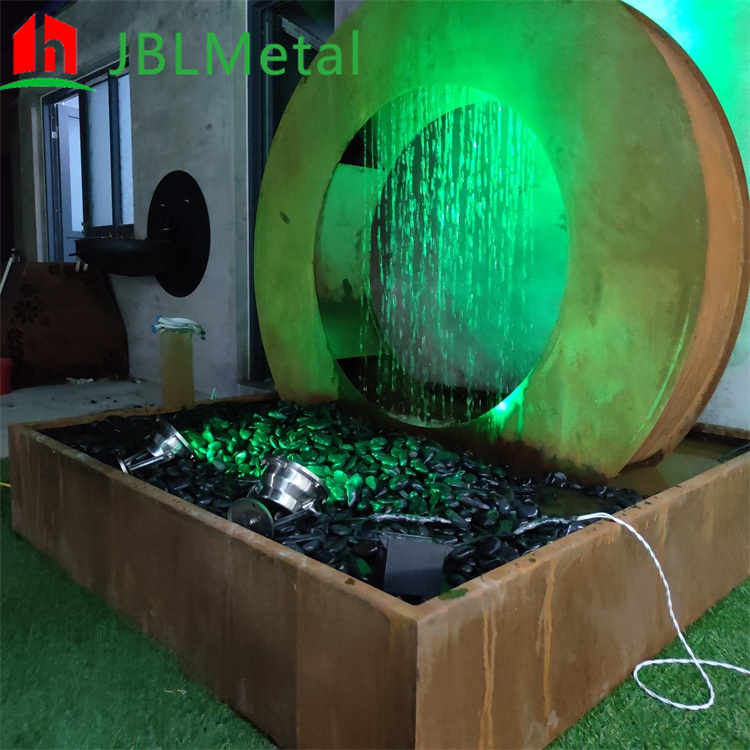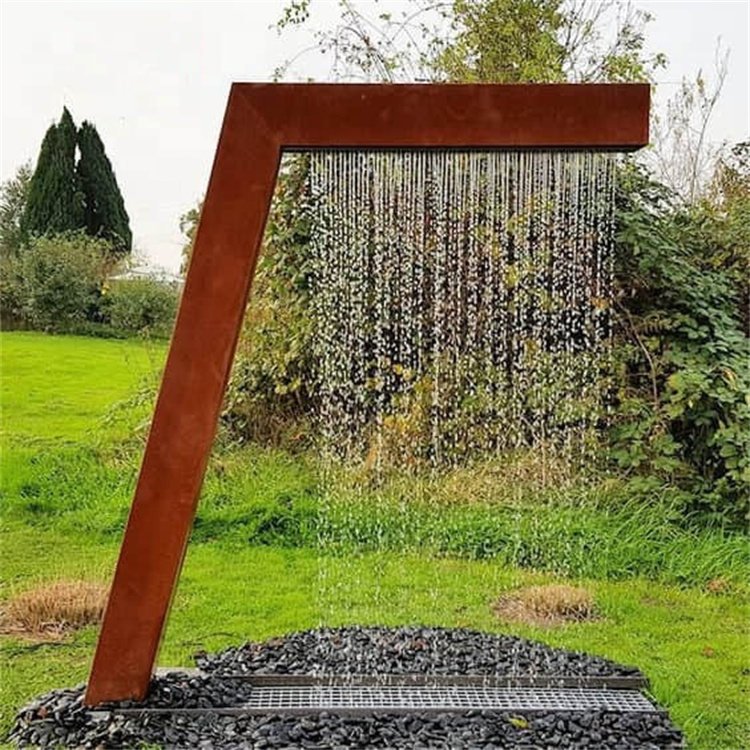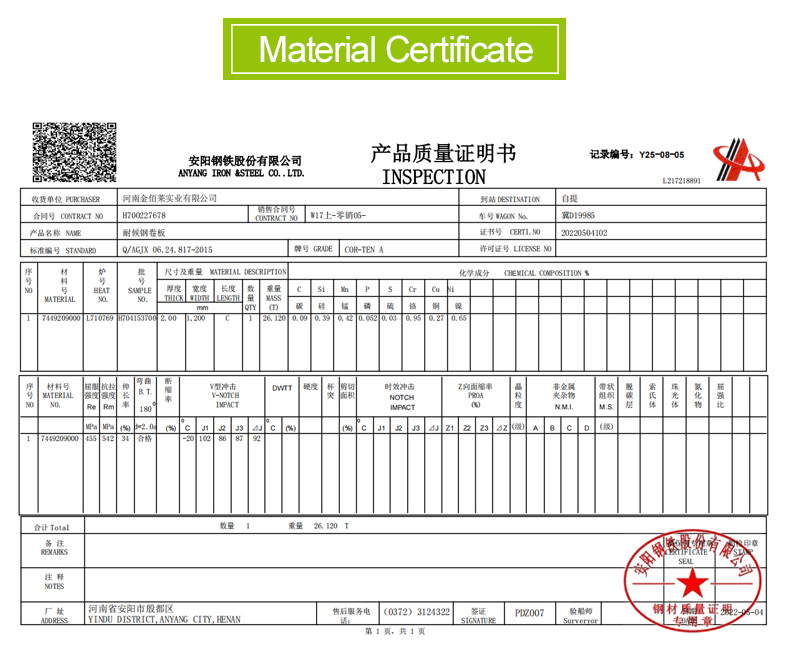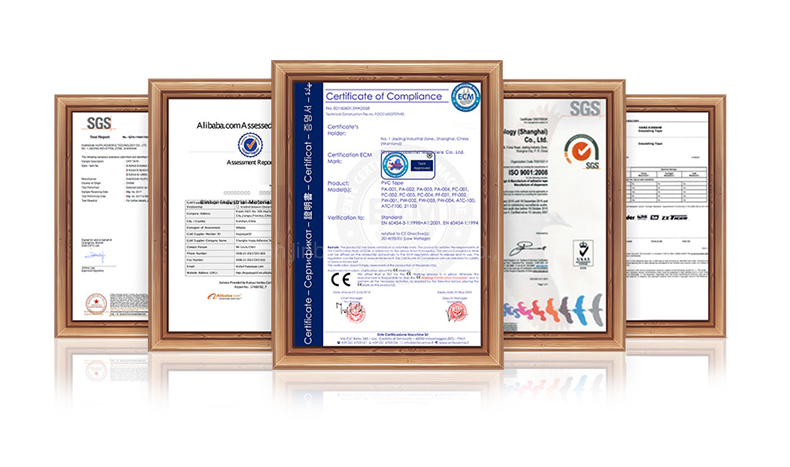
From the stand-alone version of the order management software, to a lightweight ERP that is coordinated by various devices on the LAN, and then to the large-scale chain ERP system, the traditional ERP has undergone a series of changes, but has never broken the LAN. However, with the development of O2O, the initial group purchase needs to be verified in the background of the website, and must be networked. Later, with the popularity of take-out, online orders are more, merchants are gradually accepting online management of orders and link back-end systems, breaking the LAN SaaS model and basically completing market education.
Catering SaaS software responds to data and services through cloud technology, helping merchants realize real-time online functions such as ordering, cashier, paying and even scanning code ordering, member marketing, real-time management of invoicing and so on. SaaS software has obvious advantages over traditional ERP service software in terms of trial cost and C-side traffic. And in terms of operation and maintenance, the overall cost of catering SaaS is far lower than traditional software.
However, there are currently few catering SaaS service providers in the market. Most brands are cut in from one point. Although they may expand to other links, the strength is still the single point that was originally cut. Due to limited functionality and limited consumer spending of serviceable customers, today's catering SaaS service providers are basically not profitable, and most of them are not easy. As a result, some brands began to explore profitable routes other than products, such as supply chain finance, but still have little effect.
First, food and beverage SaaS is difficult to profit
1. The main customer is a small store with short life cycle and no loyalty.
Because traditional ERP vendors already occupy large chain companies, most of the SaaS service providers are left to small stores. These stores have a short life cycle. Coupled with the high homogeneity of food and beverage information products, service providers' products are easily replaced. Therefore, many food service providers may have seized a large market. But after a while, the customer is either dead or dig, leaving fewer customers, and the cost of getting the customer is extremely high.
2, the development of chain customers have insufficient strength
Because small customers have short life cycles and insufficient loyalty, many SaaS service providers are also working hard to develop chain customers.
But in fact, the needs of chain customers and the functions of SaaS are naturally contradictory. The catering industry is complex, and each chain customer has different needs, but the SaaS products are all in the cloud, and the functions are simple. To meet the catering of chain customers, SaaS has to be made more complicated.
This will result in poor product experience, and the offline training will be complicated, which will not only slow down the speed of the service provider's market opening; but, after completing the chain customer, the complexity of the system comes up, for the small store, the learning cost It will improve, because the store does not need to be so versatile, and may eventually cause the store to choose to abandon the system.
Therefore, the current status of catering SaaS is that the product does not poke the pain points of small users, and is unable to serve the chain customers, so there is little profit. Everyone relies on the money of capital to raise the market, and the market that is snatched is easily taken away by competitors.
Second, supply chain finance can't get through in a long time
At present, several SaaS service providers have tested water finance and have cooperated with financial companies to explore supply chain finance business. There are even people in the industry who say that the catering service provider that does the cashier will eventually arrange this business. At present, there are two modes of supply chain finance business: one is to manage the account period of the food enterprises and the upstream raw material procurement enterprises, and provide the catering enterprises with financing services for the procurement of food materials. Such as chopsticks to finance. The other is to help the food business expand its business in the microfinance business. For example, the US group small loan opened to the public in early March.
1. Catering service providers have the following profit points at the financial level:
1 Cooperate with Alipay and WeChat to obtain payment commission in running water; 2 The restaurant enterprise will have the demand for the receipt, and the catering service provider will also deposit a fund in the acquiring business for the restaurant. The data consumed by consumers at 3POS in the restaurant can provide real data support in the future when the third party gives the restaurant a risk control and credit evaluation. 4 If the catering service provider has products in the supply chain, it will also accumulate the real supplier data, which will make it possible to expand the supply chain financial business.
In addition to these profit points, catering service providers expand their supply chain finance business, and can also tell more stories based on the data, and therefore a good amplification of the company's valuation.
2, the data is not enough, the financial institutions are not ready
1 The current offline IP and data are not enough. The premise of catering service providers to do financial business is to accumulate enough available data. However, taking the customer as the cloud as an example, it achieved the goal of 20 billion yuan of online water flow this year. Compared with the scale of 4 trillion yuan of food and beverage, the proportion is still small. Given that Tiancai Shanglong is already a company with a large online trading volume, there are fewer other service providers.
2 The back-end financial company is also not ready. The catering industry is an industry with no scale data traffic. Financial institutions such as banks do not currently have particularly mature products for the catering industry.
At the same time, if the catering service provider does supply chain finance, the profit point lies in the efficiency of the operation of the capital, not the product itself. This has also weakened the team's sensitivity and research ability to the product and customer business to a certain extent. The foundation of supply chain finance development is just a good enough product. Only a good enough product can bring the growth of the customer's market share. After accumulating enough customer data, supply chain finance can be logical. So at this stage, SaaS service providers should still focus more on the product itself.
Third, the vision of a big platform is very good, it depends on whether you can
The basic logic of doing the platform is to deepen the industry chain after accumulating enough B-side merchants, as a platform to connect merchants and financial customers and other aspects of the supplier, so that not only can provide more vertical full-service to the merchants, It also allows suppliers to get tangible benefits.
On the one hand, suppliers do not have to work hard to find the right business resources. On the other hand, the B-end merchants can also obtain high-quality low-priced goods from the suppliers. At the same time, the platform can also get a profit share of some of the information, thus achieving a win-win situation.
But the premise of this win-win situation is that there are enough B-end merchants with good quality. This is why most food service providers have a large-scale attack on the city. However, the reality is that the number of customers waiting for a representative SaaS restaurant is 60,000, and the number of customers is more than 20,000. Other SaaS vendors are probably at this level.
Moreover, the B-side merchants owned by the catering SaaS service providers are mostly small and medium-sized merchants, and the mortality rate is high, which leads to more data. Coupled with the fact that traditional ERP service providers themselves already occupy high-quality chain customers, these high-quality B-end chain merchants will refuse catering SaaS because of the replacement cost and the simple function and poor stability of SaaS products. At present, for the catering SaaS, it takes a long time to accumulate enough high-quality B-end merchants. After all, the traditional ERP service provider Tiancai Shanglong has spent nearly 20 years to accumulate 100,000 data, but it is likely that many catering SaaS service providers I have no time to realize my dream of platform.
Fourth, the future opportunity may be to focus on sub-sectors, or to do monopoly in small areas.
This website believes that the best opportunity for catering SaaS is to focus on sub-sectors, such as SaaS, which only serves the hot pot industry, or a small regional monopoly.
Because the catering service industry now has a general misreporting of merchant data, such as service providers who claim to have 70-80,000 merchants, there may actually be only 1-2 million merchants. Moreover, these merchants are also distributed throughout the country. The scattered merchants that the catering SaaS has won cannot form an effective scale data analysis. At most, it plays the role of the education market. But if you can really get enough B-side merchants in a small area to achieve regional monopoly, then the data and market significance is mostly.
Because the monopoly or the monopoly of a certain region, the accumulated data will be more effective because of more segmentation and concentration. As the catering service provider's right to speak increases, whether it is supply chain finance or platform planning. With the possibility of implementation. In the end, no matter which direction you take, and then stand firm, you will expand from the sub-sector to the whole industry. It is a feasible way to expand from a small area to the whole country.
However, most of SaaS now provide standardized products for large industries, and they are desperately occupying the market and spelling data under the enthusiasm of capital. Therefore, focusing on a segment of the industry or focusing on small areas is not easy for existing SaaS service providers.
If you are walking in a park or in your own backyard, you can't help but stop and gaze at the small Water Fountain since it appears to be so healing. This circular garden water feature gives a modern garden space a sophisticated feel by giving it a fantastic industrial edge. The elevated, flat steel bed that makes up the garden water feature is completely submerged in water, bringing out the lovely tones of the worn steel below. A babbling spring of water bubbles up from the center of the bed and, when it falls, creates a ripple of concentric circles in the pool. The edge of the bed is lapped by pool water. made of naturally self-rusting corten steel, which doesn't need painting or upkeep to maintain its visual appeal without compromising its structural strength.
Adaptable contemporary design for both indoor and outdoor spaces
has all you need; there is no need for additional purchases.
| Name |
Corten Steel Garden Water Feature |
| Material | Corten steel |
| Size | 1200*400*1200mm or customized |
|
Surface |
Pre-rusted |
|
Technology |
Laser cut |
|
Application |
Outdoor |
| Steel thickness | 2 mm |
| Packing |
Pallet |

Features:
1. Corten steel - creates a durable, self-protecting rust that doesn't need painting or maintenance and offers a chic look without sacrificing structural strength.
2. Cascading blade: emits a lovely water sheet
3. The cascade's white LED light, which is integrated, illuminates the feature.
4. Appropriate for outdoor use.
5. Self-sufficient, requiring no ongoing water supply






Water Feature,Garden Water Features,Backyard Water Feature,Patio Water Features
Henan Jinbailai Industrial Co.,Ltd , https://www.designsteelart.com
![<?echo $_SERVER['SERVER_NAME'];?>](/template/twentyseventeen/skin/images/header.jpg)